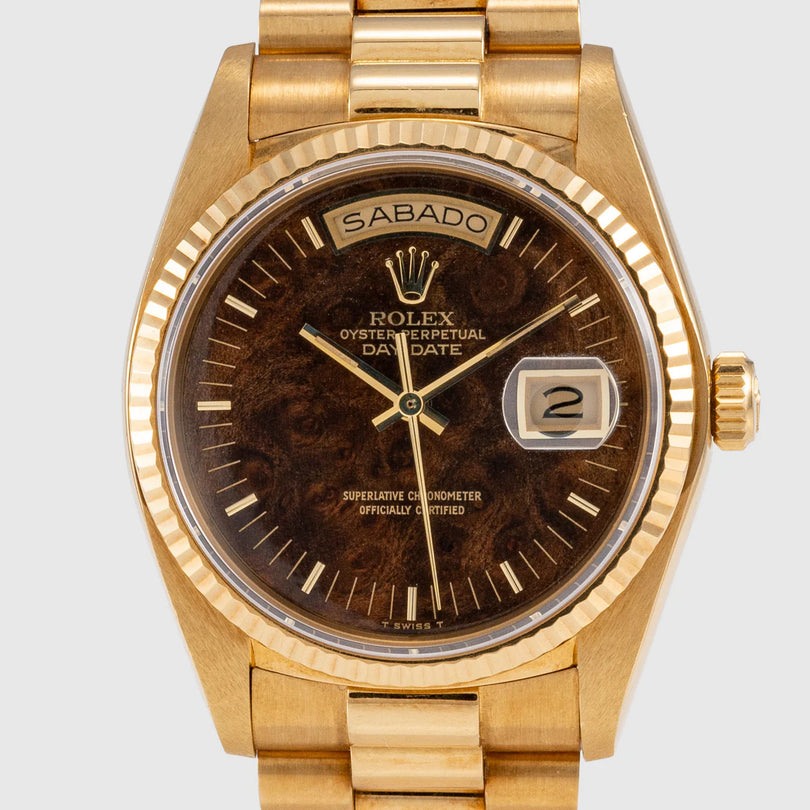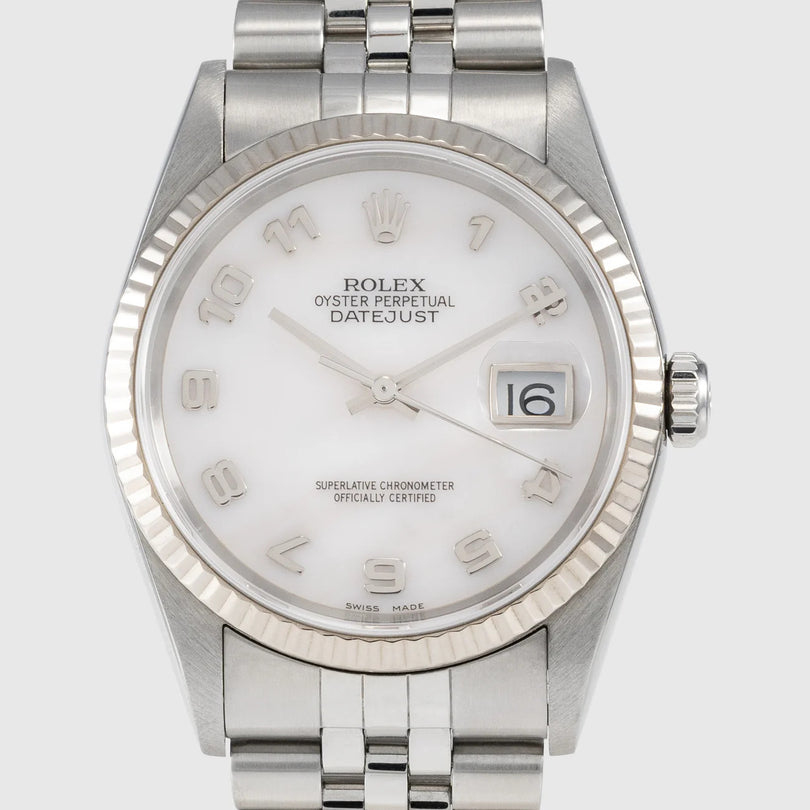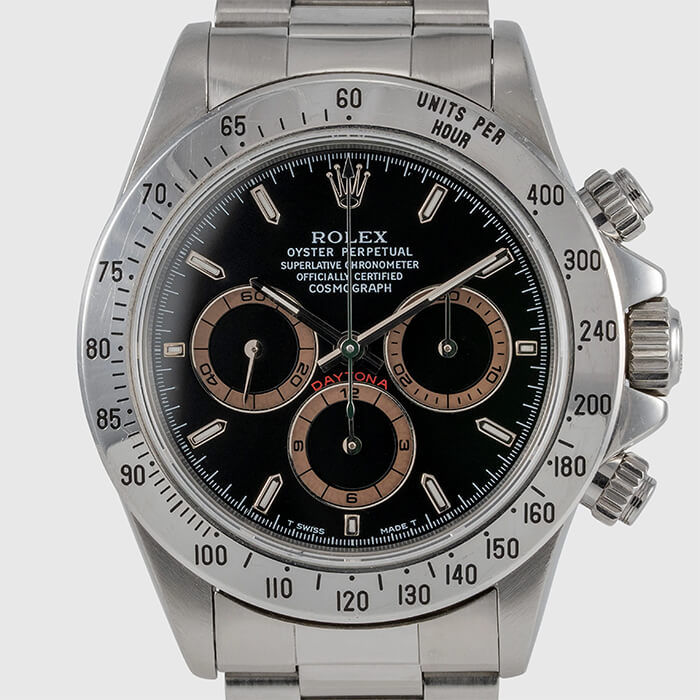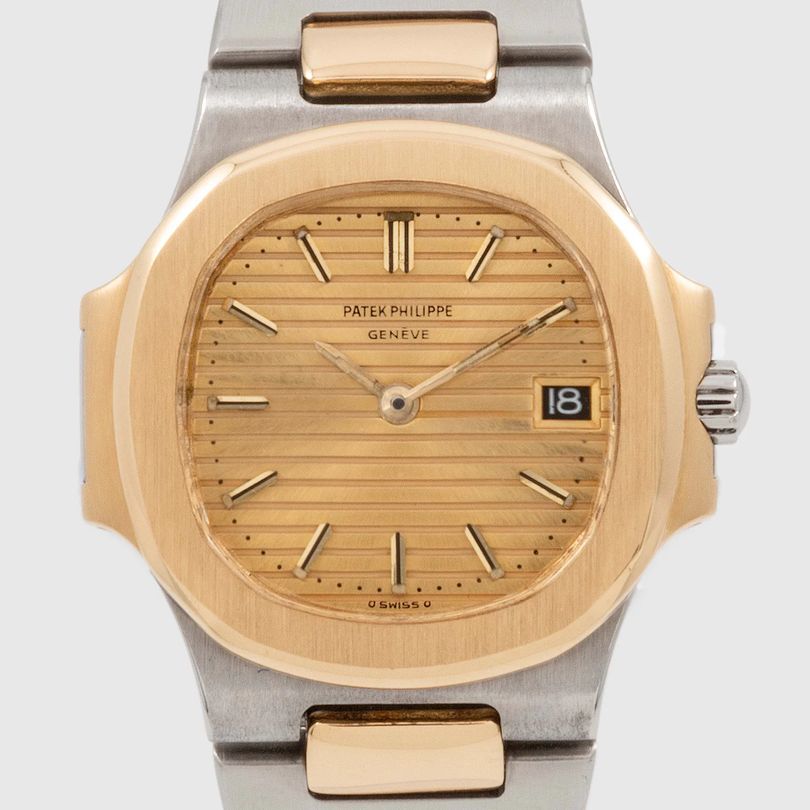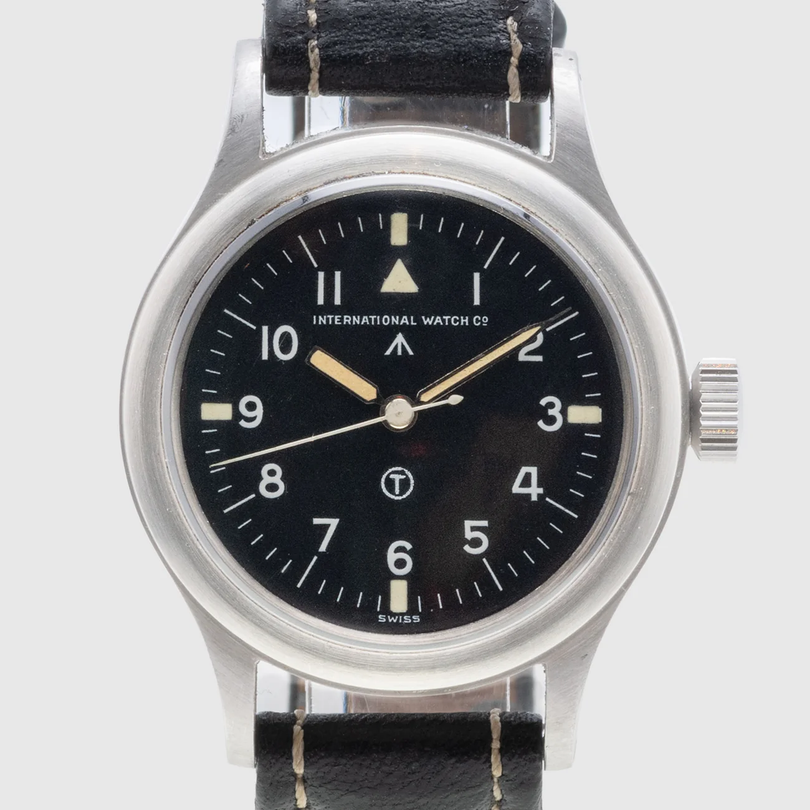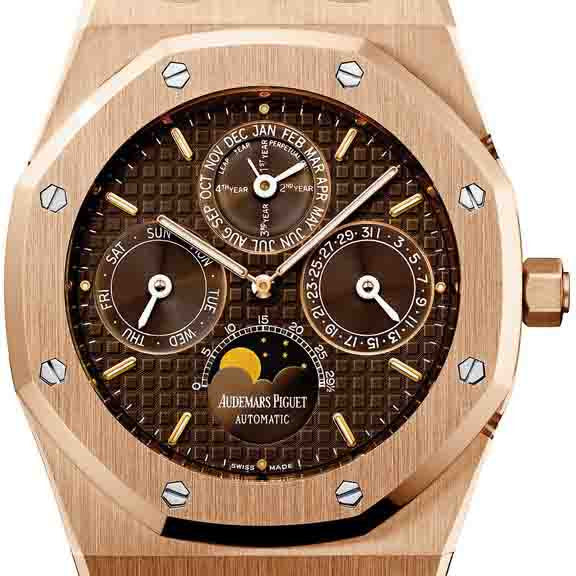Within the current climate, it’s hard to believe that for nearly three decades (1950s – thru to 1970s) the world’s super powers - US and USSR - were locked in one of the most complex and inspiring engineering feats of human history: the space race, or as JFK put it ‘landing a man on the moon and returning him safely to Earth.’
The man in question was Alexi Leonov in the Soviet camp and Ed White for the American.

Picture from omegawatches.com
The story of the Omega Speedmaster Professional “Moonwatch” (and the subsequent obsession for flight certified wristwatches) is famous and, though I was not an eyewitness, I always take immense pleasure in recounting it.
It goes like this: NASA, the organisation tasked with flying man to the moon, was looking for watches which would endure the demands of spaceflight. They asked the astronauts to choose any watch they wanted from the many available chronographs including Breitlings, Bulovas and Omegas, which they proceeded to test. The testing consisted of countless means of destruction: sticking them in vacuum chamberss, accelerating to massive speeds then stopping suddenly, baking them in ovens only to freeze them later, all as a means to test them for the unfamiliar space conditions.
The only watch to survive this wrath was the Omega Speedmaster, which NASA acquired without delay for its mission.

In the Russian camp the approach was a bit different. The Soviet leadership formed a state industry to mass produce wrist watches, licensed Venus 150 movement (which powered early Breitling Navitimers), and started manufactured from scratch the watch to meet their aerospace needs.

Baptized Strela (‘arrow’ in Russian) this watch was issued to Russian air force pilots and cosmonauts throughout the early days of the soviet space program. Alexi Leonov wore a Strela on the first spacewalk, though it’s not clear whether the watch was inside or out the pressure suit, which frankly makes all the difference. (A few months later Ed White had his own extra vehicular activity (EVA) in space wearing a Speedmaster.) In any case Strelas were still being used in space in 1978 by Alexi Gubarev.
Looking at the two watches side by side today, evidently the Omega looks sturdier and better built. Nevertheless, Strela is a cool, unique looking watch whose ‘Made in the USSR’ stamp on the dial is a great talking, if you’re lucky enough to find one today. Ultimately space wrist watches are the definitive mechanical tool watches designed to work rather than look good on the wrist.

